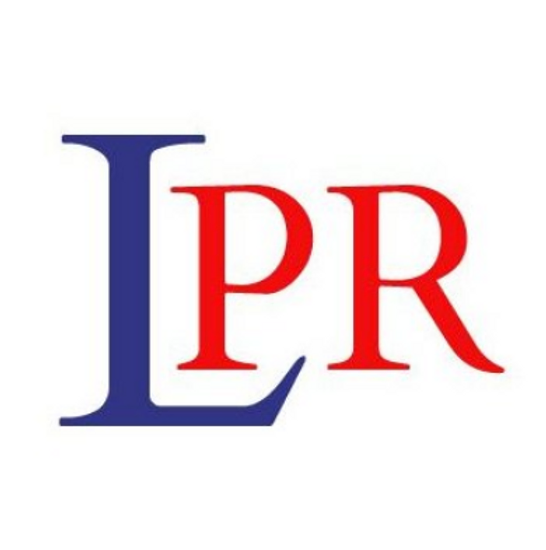
Over the last few years, a number of insurers with Employers’ Liability (EL) insurance books of business have sought exit solutions to manage legacy exposures. Mike Mackenzie, Head of Speciality Claims at Pro Insurance Solutions, discusses some of the approaches that have been taken and his experiences with UK EL portfolio transfers to make these a success.
Employers’ liability insurance is a legal requirement for the majority of businesses that employ staff, no matter what size. The policy can cover the cost of compensation should an employee incur an injury or illness as a result of work they are carrying out on behalf of a business. As well as covering the cost of compensation, the policy can also cover the cost of the claim and legal expenses incurred by the business while defending the case.
By way of context, estimates suggest that gross written premiums in the UK employers’ liability market were just over £1 billion in 2020. The sector is more closely aligned to developments in the UK economy than many other insurance lines – and the COVID-19 pandemic has had a significant impact given that the economy was virtually at a standstill for much of 2020 and well into 2021.
With unemployment in the UK currently standing at just over 4% and the furlough scheme having come to an end on 30 September 2021, the EL market has undoubtedly been directly impacted as it is reliant on the number of businesses and employees.
Long-tail liabilities
If we look back at the market historically, EL policies have given rise to a number of long-tailed liabilities – for example, claims from diseases following workplace exposure to asbestos containing materials. While there have been high volumes of claims to date, most long tail claims are now in decline (including asbestos-related diseases).
Notwithstanding, the fact that these claims are in decline, insurers and those who have acquired legacy portfolios can expect to be paying claims for years to come. The reason for this is these types of claims are often covered by policies that were in force at the time the exposure took place – and with asbestos claims as an example, these could be policies that were issued many years ago.
Insurers with these sorts of legacy exposures need to hold significant reserves and capital to cover the potential future costs of settling these claims at some time in the future and managing these sorts of books of business can be a time-consuming and costly exercise. So what can insurers do to resolve these issues?
Managing legacy exposures
Over the last few years, a number of large household name insurers with EL books of business have sought exit solutions. One such solution is a mechanism called a loss portfolio transfer – or reinsurance of the liabilities to a third party. This takes away some of the uncertainty from an insurer’s balance sheet but it does not get rid of the problem completely because the insurer remains on risk and should the reinsurance prove to be inadequate or the reinsurer goes out of business, the liabilities revert to the insurer.
Another option is a legal transfer of the book of business via a court-sanctioned process called a Part VII transfer – known as such because it relates to Part VII of the Financial and Services Markets Act which is the legislation applicable to such transfers. There are similar arrangements in many other European countries but in some instances, these only require the approval of the regulator rather than a court.
Measures of success
In the early days of UK EL transactions, concerns would always be related to those areas that are most important, namely people and data. The sellers of these books had arrived at the decision to sell for a number of reasons and often over long periods of time before finally making the decision to sell. Often, we encountered years of uncertainty for the teams within these companies as well as a lack of investment in IT, multiple-source systems, inadequate and often corrupt data.
When clients have made significant investments and fully expect value to be realised, the need for us to ensure data transfer and a team of fully motivated professionals are in place is always something that needs focus and hard work. Until that is in place, it is a concern.
People and Data are key
From a Pro perspective, we have provided both claims handling services, technical insight as well as operational due diligence and strategic advice for a number of such transactions. With portfolios such as these, there is of course a very important pre-bind process of understanding reserving, the philosophy and adequacy – which relies on significant experience across a range of claim types and we see a number of clients who have seemingly different views on these issues.
Putting pricing and reserve adequacy to one side, the key is to understand how the book can be managed operationally. The two key elements to that are data and people: pre-bind, we would be looking to understand the quality and depth of both, creating plans for integration, data migration, data cleansing and building out a target operating model, with the right processes and people in place.
Very often, these are client-specific: the claims philosophies and reserving can vary, reporting requirements dictate data needs and claims philosophies dictate the types of people needed. There is much that is common across all clients – clear regulatory compliance, treating customers fairly, the Employers’ Liability Tracing Office requirements, to mention but a few. Pre-bind, we are not only understanding the target portfolio and operations, we are working with the acquirer to define their ongoing needs, identifying areas of value that need to be protected and subsequently operationalised to ensure success.
Assuming control of a portfolio from a risk carrier continues to evolve post-bind as you continue to transform processes, develop strategies, work with the transferred team and integrate into existing teams. Adopting best practice and challenging the status quo are also vital – as is investment in data to deliver strategies of value, to understand the underlying performance of the team and the book itself.
Working with an experienced partner is key
Transactions continue to be active in the UK EL space and whatever the approach taken, these are often highly complex – with robust pre and post-bind due diligence, expertise and ongoing support of paramount importance.
Working with a trusted and experienced partner and adviser like Pro can help companies and their management teams navigate successfully through the challenges that these deals often present.

Meet our expert
Name: Michael Mackenzie
Job title: Head of Speciality Claims
Get in touch
To speak to the Pro Global team please feel free to reach out to us at:

Lysander PR
To contact our PR team directly please use the link below



 View Previous
View Previous 